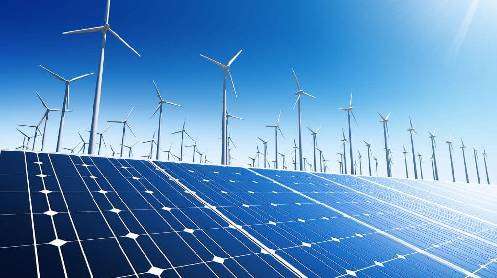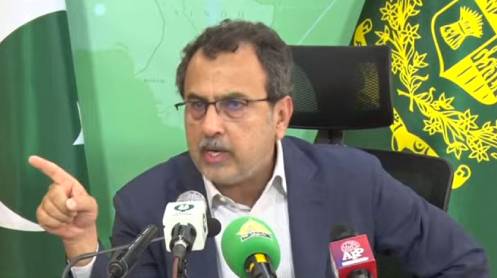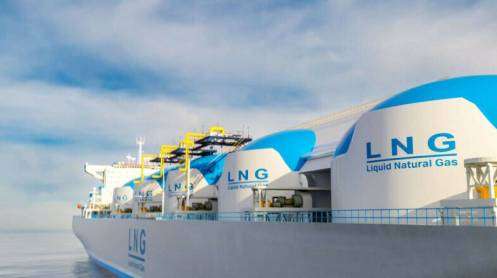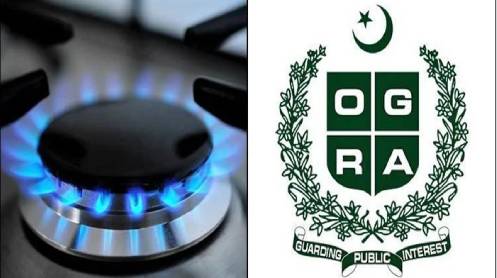PARIS: The International Energy Agency (IEA) has revised down its global renewable energy growth forecast for 2030 by 900 gigawatts (GW), citing policy headwinds in the United States and market reforms in China, even as solar energy continues to lead global capacity additions.
According to the agency’s latest report released on Tuesday, total renewable capacity is now expected to expand by around 4,600 GW by 2030—down from the 5,500 GW projected in 2024—with solar energy accounting for nearly 80% of the total increase.
The downgrade stems primarily from a faster-than-expected phase-out of U.S. federal tax incentives and regulatory uncertainty, which have halved growth expectations for the U.S. renewable sector. In China, the shift from fixed feed-in tariffs to competitive auction schemes has put pressure on project economics, slowing new developments.
However, the weaker outlook in these two major markets is partly offset by stronger momentum elsewhere. India is emerging as the world’s second-largest growth market after China, buoyed by rapid rooftop-solar expansion, faster permitting, and expanded auctions. Europe’s renewable trajectory has also strengthened thanks to ambitious policy frameworks, larger auction volumes, and streamlined approval processes.
The IEA noted that several emerging economies across Asia, the Middle East, and Africa are accelerating renewable deployment as costs decline and national targets rise.
Offshore wind remains a lagging segment, with growth projections trimmed by about 25% compared to last year due to supply-chain constraints, policy resets, and elevated costs. Conversely, pumped-storage hydropower is expected to grow 80% faster in the next five years than in the previous five, while geothermal energy installations are set to reach record levels in the U.S., Japan, Indonesia, and other developing markets.
“Solar power will continue to dominate global renewable growth,” said IEA Executive Director Fatih Birol, urging governments to strengthen grid infrastructure and ensure supply-chain security.
The agency also warned that the global solar and rare-earth supply chains remain heavily concentrated in China, with more than 90% of key manufacturing segments expected to stay under Chinese control through 2030.







